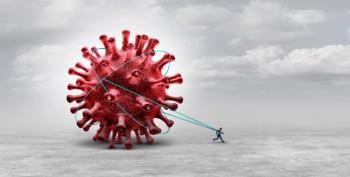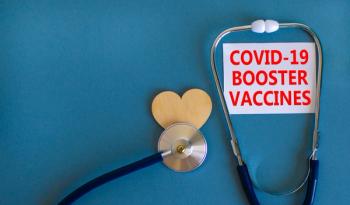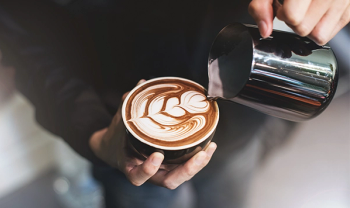
COVID-19 Pandemic Caused Only a Dip in HIV Prevention, Care Services
Results reported by CDC researchers show a sharp drop-off in HIV prevention and care services, such as preexposure prophylaxis prescriptions, in the second quarter of 2020 but then a rebound in third quarter.
The COVID-19 pandemic and the public health emergency that was declared on March 13, 2020, disrupted the work, school, and social lives of virtually everyone living in the U.S. Healthcare services were also put on hold as people stayed home during a period when the cause of the disease was uncertain and there were no vaccines. Telehealth as a substitute only went so far.
Now healthcare researchers are beginning to sift through data to see how extensive the disruption was and get an early read on the consequences.
Research results published in this week’s Morbidity and Mortality Weekly Report about HIV prevention and care show a sharp dip in the second quarter of 2020 but then a rebound in the third quarter.
“The HIV prevention and care service system was resilient during the COVID pandemic,” wrote
Using data from LabCorp, Quest Diagnostics, IQVIA and National HIV Surveillance System, Hoover and her colleagues looked at trends in a range of HIV prevention and care services, including the number of HIV tests, the number of people diagnosed HIV, and the number of people prescribed antiretroviral therapy. They found that testing, HIV preexposure prophylaxis (PrEP) prescriptions and other services dipped in the second quarter of 2020 but then rebounded in the third. Antiretroviral therapy (ART) services stayed steady throughout 2020, which they ascribed to increased use of telehealth and increased home delivery of ART medications.
Here is a table showing the dip and then the rebound of HIV prevention and care services reported by Hoover and her colleagues:
As the figures in the table show, there was a 32% decreases in the number of HIV tests from the first to the second quarter (2,471,614 to 1,682,578) but then a 38% increase to 2,325,554 tests in the third quarter. PrEP prescriptions decreased 6% from the first quarter to the second of 2020 (190,955 to 179,280) and then increased by about 3% to 184,320 in the third quarter.
And here is a table comparing the fourth quarters of 2019, 2020 and 2021:
For the most part, HIV prevention and care services continued to increase in 2021 and after bouncing back in the second of 2020.
The researchers noted that supporting prevention and care services outside of clinical settings can help maintain them during disruptions such as a public health emergency, and they mentioned HIV and PrEP self-test kits are at various stages of development and distribution.
Additional funding and loosening of some rules helped with the rebound after the second quarter dip, they said. They pointed to a $90 million appropriation to the Ryan White HIV/AIDS Program in 2020 and the waiving of certain requirements to receive those funds.
Newsletter
Get the latest industry news, event updates, and more from Managed healthcare Executive.






















































